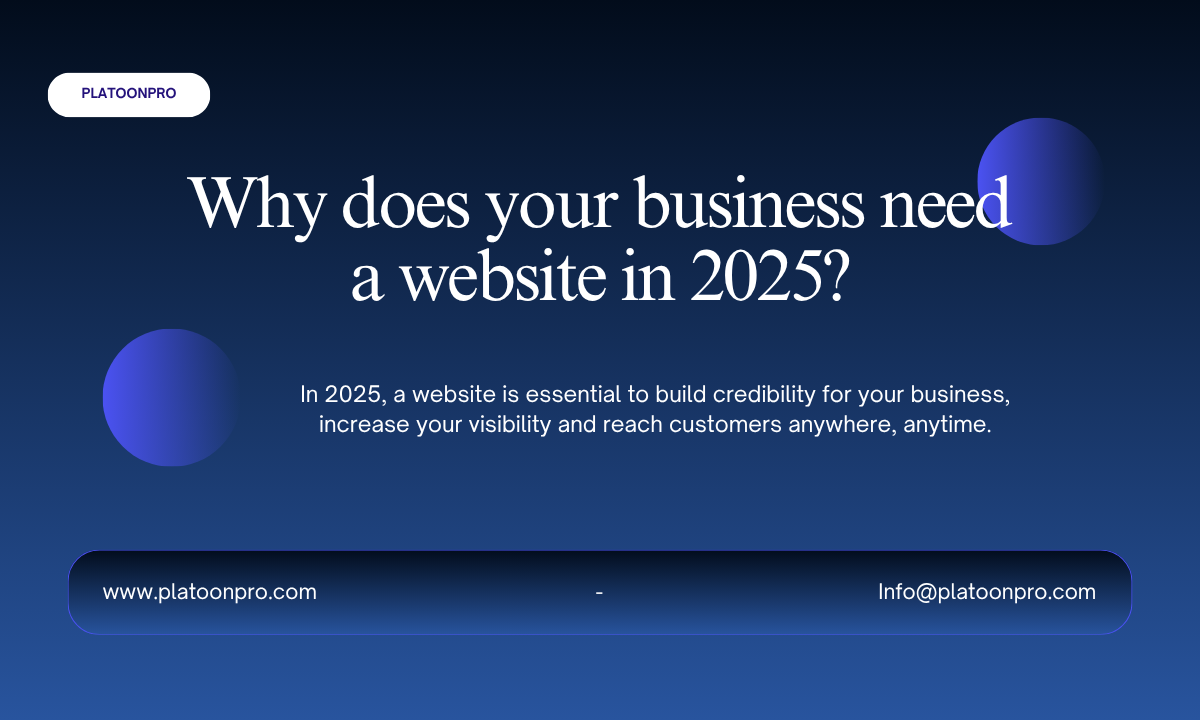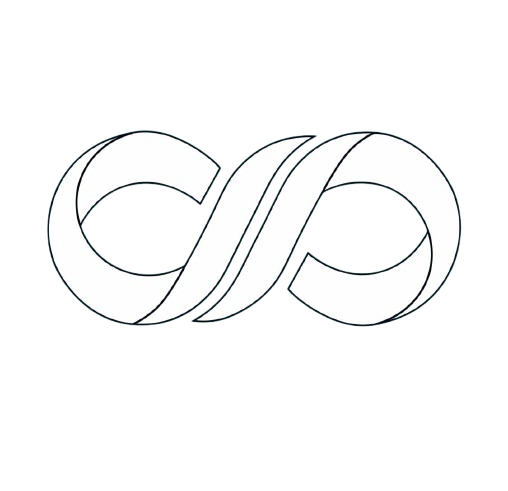3 minute read
Which e-commerce platform is best for customization?
Launching an online store is no longer just about putting products on the internet. In a world where digital shopping experiences shape customer expectations, the ability to control and customize your e-commerce platform is essential.
- Personalization determines how effectively you can align your website with your brand identity, customer needs, and growth strategy. Whether you're just starting out or planning to expand, choosing a platform with robust personalization capabilities can determine how far your online business will go. This article explores the top ecommerce platforms in 2025 through the lens of personalization—what it really means, why it's important, and which tools offer the most freedom.

- Best e-commerce platforms for personalization in 2025
In today’s digital world, it’s essential to reach your audience where they are.
That’s why we’ve implemented a multi-channel communications strategy, focusing on platforms and formats already valued by their customers.
Here’s what’s changed:
WooCommerce WordPress:
WooCommerce remains the most customizable open-source platform on the market. Built on WordPress, it gives you full control over every aspect of your site’s design, data, logic, and functionality.
Strengths: Full code access; unmatched plugin ecosystem; complete design freedom through custom themes or builders like Elementor.
Limitations: Requires development knowledge and regular maintenance; may slow down performance without optimization.
Ideal for: Businesses with development resources that need full control over website behavior.
Shopify
Shopify has become a favorite among e-commerce entrepreneurs thanks to its simplicity and scalability. Although it isn’t open source, Shopify has expanded its customization capabilities through its proprietary templating language, Liquid, as well as growing development tools like Shopify Functions and Hydrogen.
Strengths: Clean interface, vast app marketplace, increasing flexibility in design and checkout processes; reliable built-in hosting and security.
Limitations: Advanced modifications may require a developer or alternative solutions; some restrictions on full checkout customization without subscribing to higher-tier plans.
Ideal for: Growing businesses seeking flexibility within a stable and well-supported environment.
BigCommerce — BigCommerce Partners
BigCommerce stands out for its headless architecture and open API structure. It allows merchants to separate the front end from the back end, providing extensive control over the customer experience.
Strengths: Highly customizable through APIs; ideal for headless commerce; powerful native features; supports custom payments and promotions.
Limitations: More technical; steeper learning curve for small teams; fewer design themes compared to Shopify.
Ideal for: Medium to large businesses focused on scalability and integration with existing enterprise systems.
Adobe Commerce
Formerly known as Magento, Adobe Commerce is a powerful platform designed for large-scale enterprises. It offers the most robust customization capabilities, both visually and functionally.
Strengths: Fully modular architecture; customizable product types; B2B and multi-store features; enterprise-level flexibility.
Limitations: Expensive to develop and maintain; high server requirements; steep learning curve.
Ideal for: Enterprise-level businesses with large catalogs, complex pricing models, or an international presence.
Wix E-commerce
Wix has made significant progress in the e-commerce space, especially for users who prioritize design. Its drag-and-drop editor offers unmatched visual control for non-developers, while Velo by Wix enables more advanced functionality for technical users.
Strengths: Intuitive design interface; ideal for visual customization; built-in animations and advanced layouts.
Limitations: Limited back-end customization; less suitable for high-volume stores or complex integrations.
Ideal for: Small businesses and creators looking to quickly and easily build a visually unique online store.
Strategic Considerations Before Choosing
While customization is powerful, it also comes with responsibilities. Excessive customization can lead to complex websites that are difficult to maintain or scale. Here are a few strategic points to consider before making your final decision:
Who will manage the site? If you don’t have in-house developers, platforms like WooCommerce or Magento may require more outsourcing.
How often will you need to update or evolve the site? Choose a platform that allows you to scale quickly without compromising core functionality.
Do you plan to grow your business? Opt for a solution that can grow with you in terms of traffic, products, and complexity.
What integrations do you need? Make sure the platform supports or allows the essential integrations your business requires.
Conclusion: Customization as a Competitive Advantage
Customization is not a luxury, it’s a long-term investment in your brand’s ability to stand out, better serve its customers, and grow without limits. Whether you choose the open-source flexibility of WooCommerce, the robust enterprise power of Adobe Commerce, or the modern, API-driven architecture of BigCommerce, your decision should align with your brand’s technical capacity and long-term goals.
Before committing to a platform, take the time to define what “customized” truly means for your business. The right platform should work with you, not against you, supporting your growth, creativity, and mastery for years to come.
News
Latest articles & news
Stay informed about the latest trends, news and stories from our world.
- All Post
- Branding
- Digital Marketing
- Uncategorized

Stop Wondering. Start Winning. Our free digital growth audit is direct, data-driven, and designed to uncover what’s stalling your performance. No sales pitch. No fluff....

3 min Read Why does your business need a website in 2025? In today’s constantly evolving digital world, having a professional website is no longer...

3 minute read Which e-commerce platform is best for customization? Launching an online store is no longer just about putting products on the internet. In...

